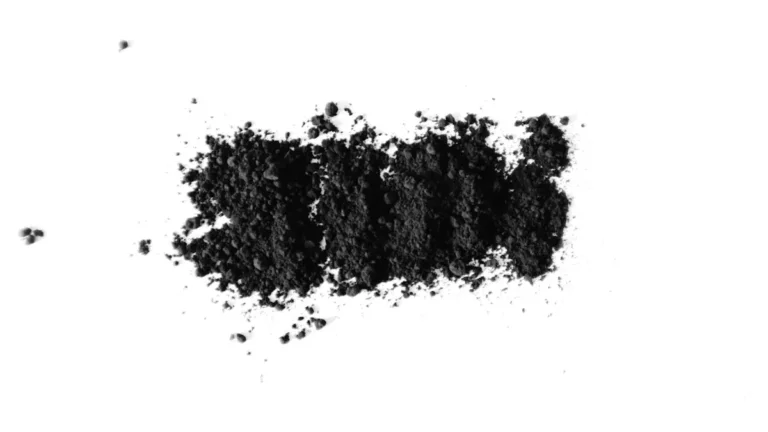Luftreinigende Aktivkohle
.webp)
Buy Air Purifying Activated Carbon
Herausforderungen für die Industrie
Material Quality Risks
- Substandard carbon products exhibiting low adsorption capacity and poor mechanical strength, leading to premature system failure.
- Inconsistent raw material sources compromising pore structure uniformity.
Operational Shortcomings
- Underfilled systems reducing gas contact time and increasing pollutant breakthrough risk.
- Delayed replacement converting saturated carbon into secondary pollution sources.
- Inadequate pretreatment (humidity/dust control) causing pore blockage.
Technical Limitations
- Significant adsorption efficiency decay under high-temperature/high-humidity conditions.
- Weak adsorption affinity for specific compounds (e.g., ketones, esters).
- Explosion hazards during thermal regeneration processes.
- Limited regeneration options for spent carbon (especially in compact systems).
Compliance Complexities
- Regulatory phase-out of non-regenerable adsorption systems.
- Increasingly stringent disposal requirements for exhausted carbon.
- Emerging contaminant standards challenging conventional carbon adsorption efficacy.
verwandte Arten von Aktivkohle
-r8fslg51nt6wgjtvh6yldxb1gtkgm3lpe0oq1akgog.webp)
- Jodwert: 600-1200
- Maschenweite: 1×4/4×8/8×16/8×30/12×40/20×40/20×50/30×60/40×70 (weitere Größen auf Anfrage)
- Scheinbare Dichte: 400-700
-r8fsli0q1h9h3rr567ruiwtynlb71ht629zozuhoc0.webp)
- Jodwert: 500-1300
- Maschenweite:0,9-1mm/1,5-2mm/3-4mm/6mm/8mm(Weitere Größen auf Anfrage)
- Scheinbare Dichte: 450-600
-r8fslbfupn0gui0p8mxgjghqhw7mjm31pdfamwrfjk.webp)
- Jodwert: 500-1300
- Maschenweite: 150/200/300/350 (weitere Maschenweiten auf Anfrage)
- Scheinbare Dichte: 450 - 550
-r8fsle9da54btbwls65c8xs4a1tq6pe8prdr2qn90w.webp)
- Jodwert: 400-800
- Maschenweite: 100×100×100mm/100×100×50mm (kundenspezifische Zelldichte auf Anfrage)
- Scheinbare Dichte: 350-450
- Bohrungsdurchmesser:1,5-8mm

- Jodwert: 700-1200 mg/g
- Oberfläche: 700-1200 m²/g
- Scheinbare Dichte: 320-550 kg/m³

- Jodwert: 700-1200 mg/g
- Oberfläche: 700-1200 m²/g
- Scheinbare Dichte: 320-550 kg/m³

- Jodwert: 700-1200 mg/g
- Oberfläche: 700-1200 m²/g
- Scheinbare Dichte: 300-650 kg/m³

- Jodwert: 700-1200 mg/g
- Oberfläche: 700-1200 m²/g
- Scheinbare Dichte: 320-550 kg/m³

- Aktivierungsverfahren: Dampf-/Gasaktivierung bei hohen Temperaturen
- Porenstruktur: Mikroporös-dominiert, gleichmäßige Porenverteilung
- Umweltfreundliches Profil: Chemikalienfrei, niedriger Aschegehalt
- Primäre Anwendungen: Gasphasenadsorption, Trinkwasseraufbereitung

- Aktivierungsverfahren: Chemische Aktivierung (z. B. H₃PO₄/ZnCl₂) bei moderaten Temperaturen
- Porenstruktur: Mesoporös-reich, größere Oberfläche
- Prozess-Effizienz: Kürzere Aktivierungszeit, 30-50% höhere Ausbeute
- Nachbehandlung: Saures Waschen erforderlich, um Rückstände zu entfernen

- Funktionalisierung: Beladen mit Wirkstoffen (z. B. I₂/Ag/KOH)
- Gezielte Adsorption: Verbesserte Abscheidung bestimmter Schadstoffe (z. B. Hg⁰/H₂S/saure Gase)
- Individuelle Anpassung: Chemisch optimiert für Zielkontaminanten
- Hauptanwendungen: Industrielle Gasbehandlung, CBRN-Schutz
Warum Sie unsere Aktivkohle brauchen
Precision Engineered Porosity:
(1) Optimized micro-meso-macro pore structure maximizes pollutant capture efficiency.
(2) Tunable surface chemistry for targeted adsorption of specific contaminants.

Guaranteed Safety & Stability:
(1) Zero outgassing ensures trapped pollutants are permanently locked in.
(2) Fire-resistant formulation meets stringent safety standards.

Sustainable Performance Design:
(1) Hybrid-ready compatibility with catalytic/UV systems extends functional lifespan.
(2) Renewable bio-based sourcing with minimized environmental footprint

Third-Party Verified Reliability:
(1) Rigorously tested against international air quality standards.
(2) Batch-to-batch consistency ensures predictable results.
Verfahren und Technologie
1. Residential Indoor Air Purification
Überblick über die Lösung
Home air purifiers with granular activated carbon filters effectively adsorb gaseous pollutants, including smells from cooking odors, pet dander smells, and VOCs released from furniture and cleaning products. Carbon filters are generally combined with particulate filters to help purifiers remove a wider range of contaminants.
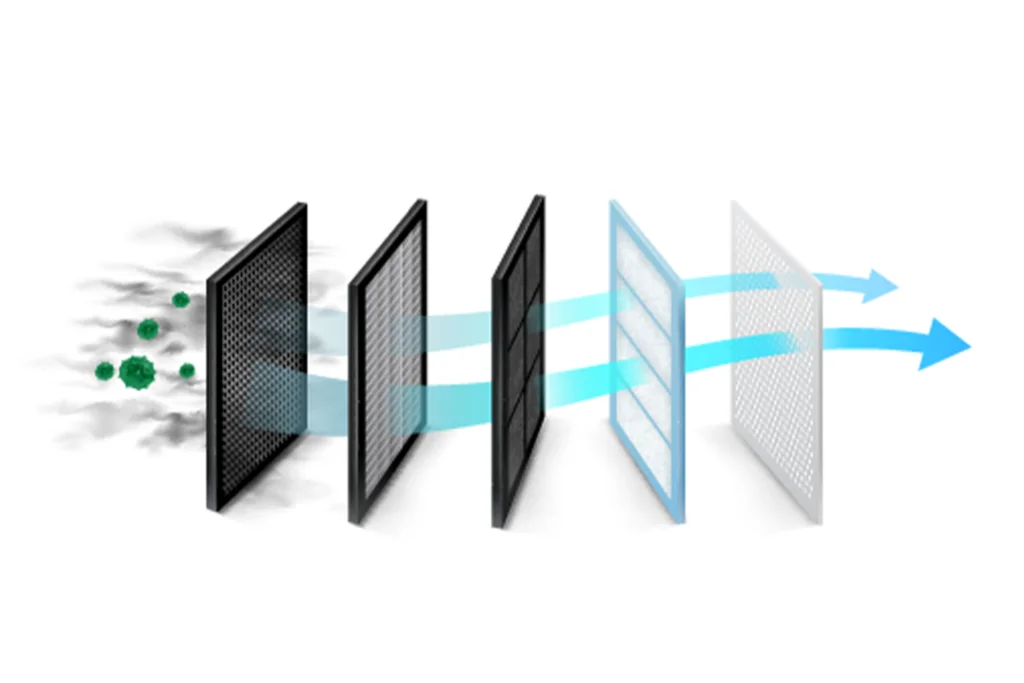
Die wichtigsten Vorteile
- Broad-spectrum adsorption neutralizes diverse organic compounds without chemical reactions.
- Physical odor elimination: permanently traps odor molecules instead of masking them.
- Material stability: operates safely at room temperature with zero byproducts.
2. Industrial VOC Abatement
Überblick über die Lösung
Honeycomb-structured activated carbon beds process high-volume exhaust streams in factories/painting facilities, capturing solvents, formaldehyde, and chemical vapors through adsorption.

Die wichtigsten Vorteile
- High contaminant loading capacity handles concentrated gaseous pollutants effectively.
- Regenerable design allows reactivation through thermal treatment when saturated.
- Low airflow resistance maintains ventilation efficiency without taxing equipment.
3. Tobacco Smoke Elimination
Überblick über die Lösung
Specialized chemically-impregnated carbon filters target complex smoke compounds and residual odors in smoking areas/hospitality venues, using enhanced surface chemistry for adsorption.

Die wichtigsten Vorteile
- Selective chemisorption captures challenging nitrogen-based compounds via chemical bonding.
- Compact modular design enables easy cartridge replacement in ceiling/wall units.
- Acid gas neutralization reduces respiratory irritants like hydrogen sulfide.
4. Laboratory Fume Control
Überblick über die Lösung
Fiber-based activated carbon filters in fume hoods and scrubbers capture acidic/alkaline vapors (e.g., solvents, ammonia) using impregnated chemical agents for targeted adsorption.
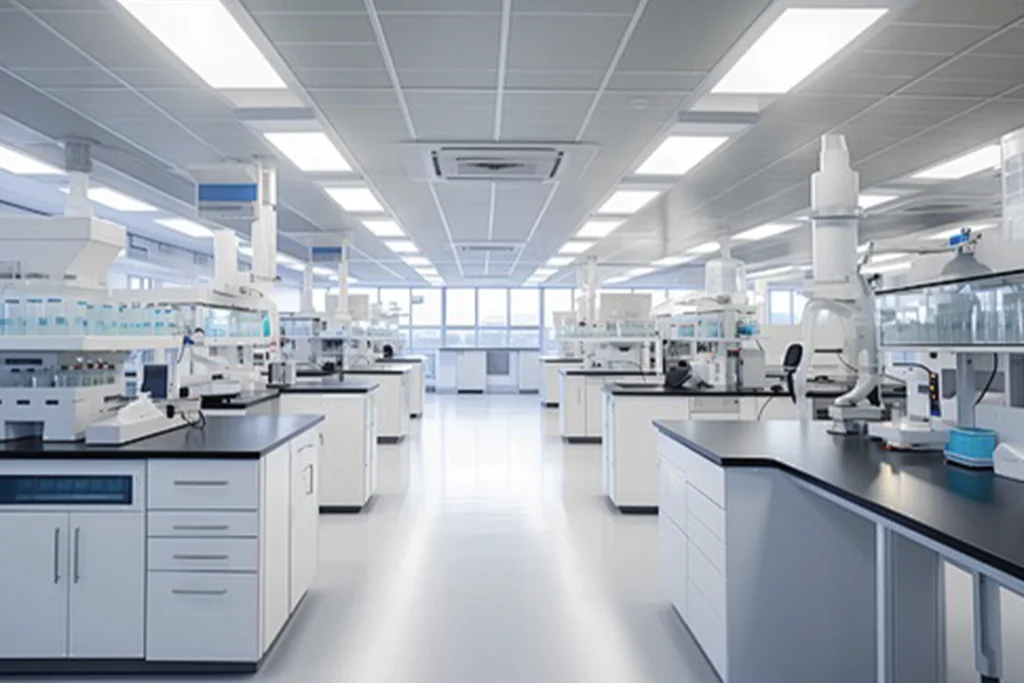
Die wichtigsten Vorteile
- Corrosion resistance withstands aggressive chemical environments.
- Rapid adsorption kinetics microporous fibers enable faster pollutant capture.
- Fire-retardant properties enhance safety when processing flammable vapors.
5. Hybrid Photocatalytic Systems
Überblick über die Lösung
Activated carbon combined with UV-photocatalysts (e.g., TiO₂) first concentrates pollutants then decomposes them into harmless substances through oxidation synergy.
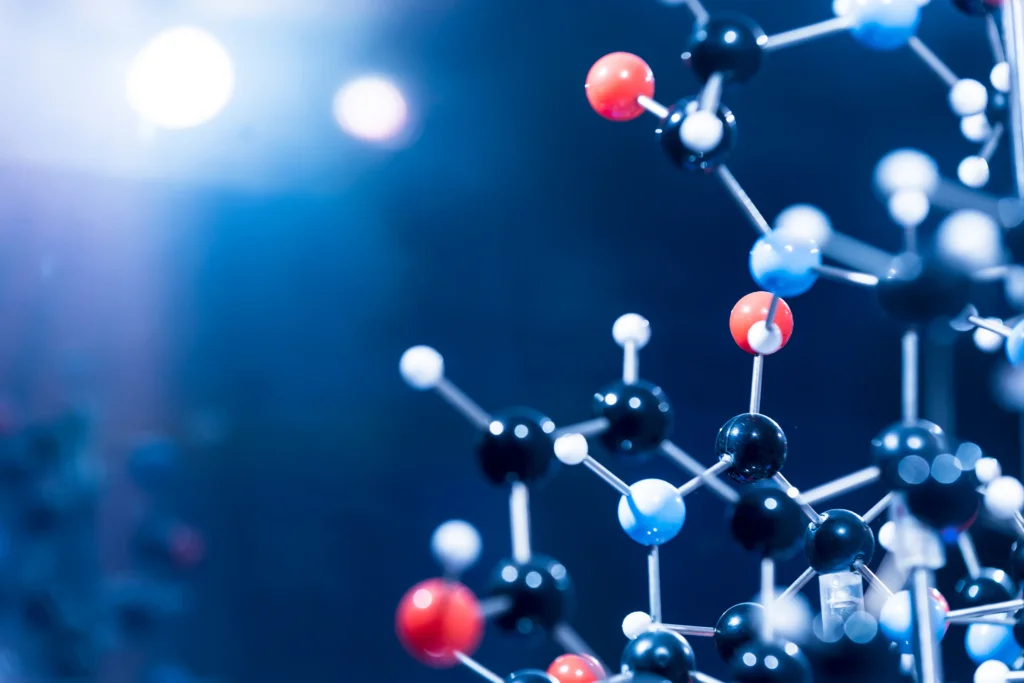
Die wichtigsten Vorteile
- Self-regenerating action photocatalytic oxidation extends carbon lifespan.
- Enhanced decomposition breaks down persistent pollutants like carbon monoxide.
- Multi-stage protection provides both adsorption and destructive purification.


